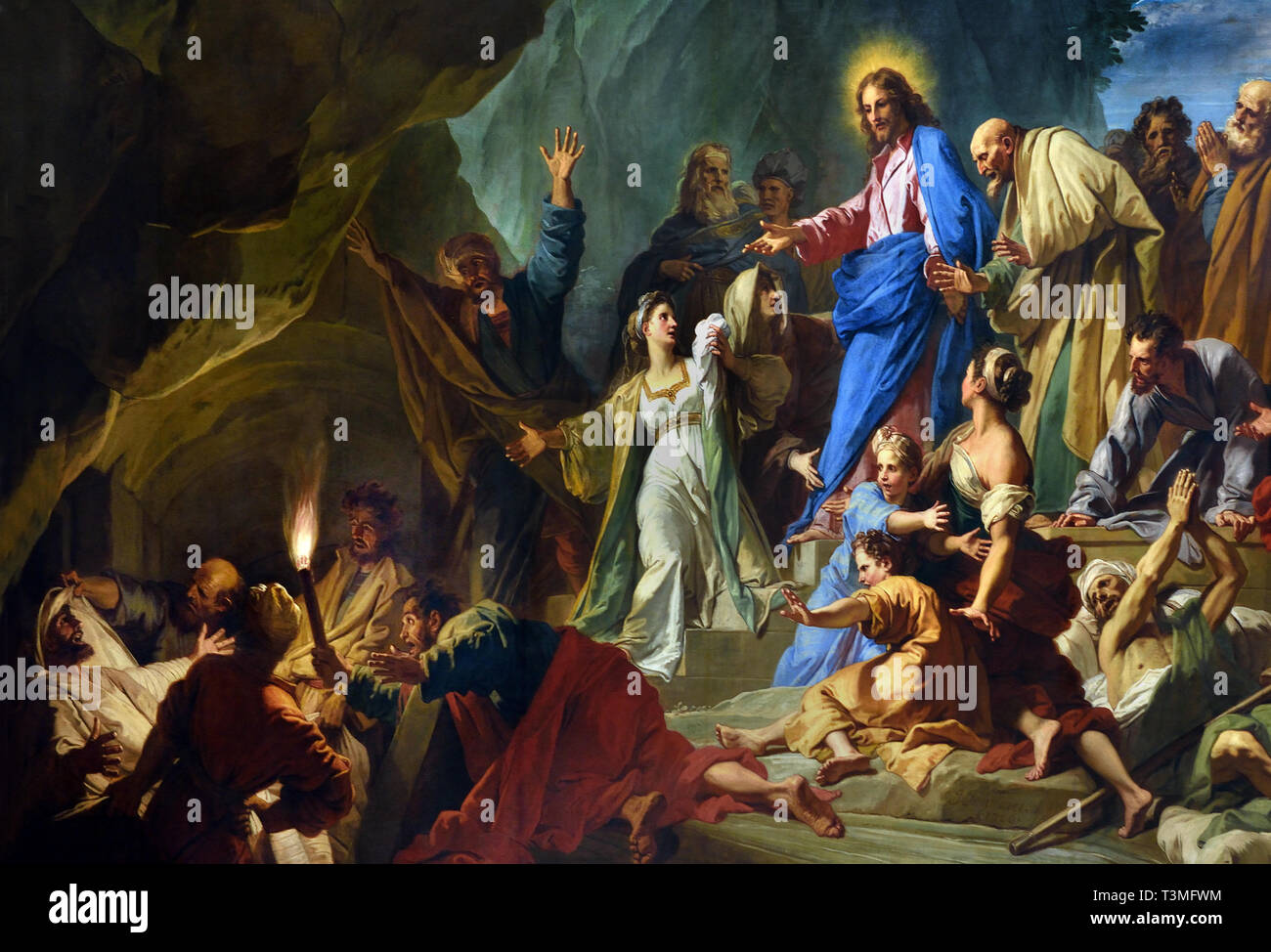
5 Though chapters 11-12 are technically still part of the Festival Cycle, in a sense they move the key themes developed in chapters 5-10 to their climax. 4 While the Festival Cycle is generally outlined to include chapters 5-12, it is possible to separate chapters 5-10 from 11-12. 3 The remaining sign-miracles are displayed in the context of Jewish festivals. The first two sign-miracles, both performed in Cana of Galilee, form a literaryīracket around chapters 2-4. The Book of Signs has two major sections following the introductory Prologue (1:1-18) and Testimonium (1:19-51): the Cana Cycle (chaps. 13-20) confirms the claims made in the earlier chapters about Him. 2 While the Book of Signs presents the case that Jesus is indeed the promised Christ and the divine Son, the “Book of Glory” (chaps. And the means by which John revealed Jesus as the divine Messiah is the seven sign-miracles 1 and their attendant contexts, all of which are recorded in the Book of Signs (chaps. The fourth Gospel aims to present Jesus as the promised Messiah and the divine Son of God, so that His disciples may believe (or continue to believe) in Him and have eternal life (cf. Kim is Professor of Bible, Multnomah Biblical Seminary, Portland, Oregon. The Significance Of Jesus’ Raising Lazarus From The Dead In John 11 Calvin comments, “When God permits us to be overwhelmed with distresses, and to languish long under them, let us know that, in this manner, he promotes our salvation.Volume: BSAC 168:669 (Jan 2011) Article: The Significance Of Jesus’ Raising Lazarus From The Dead In John 11 Author: Stephen S. Pain, while in itself not a good thing, is a means through which the Lord works for the final good of our redemption.

This, in turn, helps us see one of the purposes that our Creator has for allowing us to experience grief and suffering.

And this is the case because Jesus is going to resurrect Lazarus, giving them a sign that will confirm their faith and sustain them in grace. Lazarus’ death, Jesus says, will provide an opportunity for the disciples to grow in their faith (vv. To clear up any misunderstanding on the disciples’ part, Jesus tells the disciples that Lazarus has died and that his death, while evil in itself, will be used to bring about good for the disciples.

As John Calvin comments, “Christ shows that he is Lord of death, when he says, that he awakes those whom he restores to life.” But in speaking of going to wake up Lazarus, Jesus begins to show the extent of His authority. 1:23).įirst-century Jews did not expect the resurrection until the end of the age, so the disciples likely are not thinking of resurrection when Jesus speaks of going to awaken Lazarus (John 11:11).

Our bodies lie in the grave after our deaths, and our spirits do not go to sleep but go to be with the Lord until the resurrection of our bodies on the last day (Phil. However, properly speaking, any “sleep” that occurs is true only of our bodies. Just as we fall into unconsciousness when we sleep, so it can appear that death brings about a kind of unconsciousness for our physical bodies. In light of the Bible’s teaching on the resurrection of the dead, sleep is an apt metaphor for death. The books of Kings and Chronicles, for example, often refer to a king’s death by saying, “He slept with his fathers” (for instance, see 1 Kings 2:10 2 Kings 8:24 2 Chron. Of course, when Jesus refers to Lazarus’ sleeping, He is using a metaphor for death drawn from the Old Testament. They are unaware, John tells us, that Jesus is talking about death, not physical rest (John 11:11–13). We know this is the case because when Jesus tells them that Lazarus has fallen asleep, the disciples respond that he will recover. They did not think that his sickness would result in his physical death. Continuing our look at the story of Lazarus and Christ’s raising him from the dead, we see in today’s passage that the disciples initially were not aware of how ill Lazarus was.


 0 kommentar(er)
0 kommentar(er)
